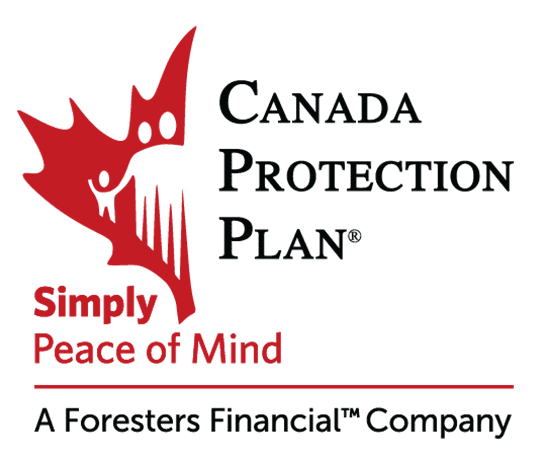
By Robb Engen | Mar 22, 2018
The Canada Child Benefit is a tax-free benefit paid monthly to eligible families. It was introduced by the federal government in July 2016, replacing the Universal Child Care Benefit (UCCB) and the Canada Child Tax Benefit (CCTB). The Canada Child Benefit provides a maximum annual benefit of $6,400 per child under the age of six, and $5,400 per child aged 6 through 17. A key point to note is that the benefit will start to be reduced (or phased-out) if your adjusted family income (AFNI) is more than $30,000. Your income and number of eligible children determines the phase-out rate, as shown in this handy chart designed by the Canada Revenue Agency:
Canada Child Benefit: Phase-out Rates
| Phase-out Rates (%) | ||
| Number of eligible children | AFNI over $30,000 and up to $65,000 |
AFNI over $65,000 |
| 1 child | 7.0 | 3.2 |
| 2 children | 13.5 | 5.7 |
| 3 children | 19.0 | 8.0 |
| 4 or more children | 23.0 | 9.5 |
Still confused? Here’s an example of how the reduction is calculated:
Let’s say your family has two children ages eight and five, and had adjusted family net income of $80,000 for 2017. Your annual Canada Child Benefit is $11,800 ($6,400 for the five-year-old and $5,400 for the eight-year-old), but a portion would be phased-out based on the following formula:
- 13.5% of the adjusted family net income between $30,000 and $65,000 ($35,000 × 13.5% = $4,725); and
- 5.7% of the adjusted family net income over $65,000 ($15,000 × 5.7% = $855)
As a result, the family would receive an annual Canada Child Benefit of $6,220 ($11,800 – $5,580) or $518.33 per month.
Adjusted Family Net Income
We know there are several ways to reduce your net income – that critical Line 236 on your tax return – and in turn lower your overall tax bill. Contributions to your RRSP, professional or union dues, child care expenses, moving expenses, and carrying charges on your investments are all valuable deductions come tax time. Lowering your net income – or what the CRA calls adjusted family net income – can help families get more out of the Canada Child Benefit. For the purpose of this article we’re going to focus on how RRSP contributions can reduce your net income and boost the amount you receive from the Canada Child Benefit.
Back to our example, the family with two children ages eight and five, with adjusted family net income of $80,000. Let’s add a $5,000 RRSP contribution into the mix and calculate the Canada Child Benefit again:
The family still begins with an annual benefit of $11,800 before the phase-out is applied. But now the adjusted family net income is $75,000. Here’s how the phase-out looks:
- 13.5% of the adjusted family net income between $30,000 and $65,000 ($35,000 × 13.5% = $4,725); and
- 5.7% of the adjusted family net income over $65,000 ($10,000 × 5.7% = $570)
As a result, the family would receive an annual Canada Child Benefit of $6,666.48 ($11,800 – $5,295) – an increase of $446.48 for the year. And if the family were to make a $10,000 RRSP contribution? That would increase the Canada Child Benefit amount to $6,951.48 – an increase of $731.48 for the year. The benefits are further enhanced for families with three or more children who are able to reduce their household net income below certain thresholds. For instance, a family with three children over the age of 6 with a net income of $80,000 would receive $8,571 in annual Canada Child Benefits, but reducing that net income to $70,000 would increase the CCB amount to $9,371 – an $800 difference!
Final thoughts
There are way too many examples to dive into here, but the point is for families with eligible children to consider reducing their household net income for the purpose of increasing the amount they’ll receive from the Canada Child Benefit. Lower income families are typically advised to invest inside their TFSA rather than their RRSP during their working years because the tax savings of an RRSP contribution isn’t as valuable when in a lower tax bracket. However, it’s worth doing a calculation* to see how reducing adjusted family net income would impact the amount received from the Canada Child Benefit. It might be more beneficial to contribute to your RRSP while raising children – particularly when your children are under six years old.
* You can use this calculator to see what child and family benefits you may be able to get and how much your payments may be.







